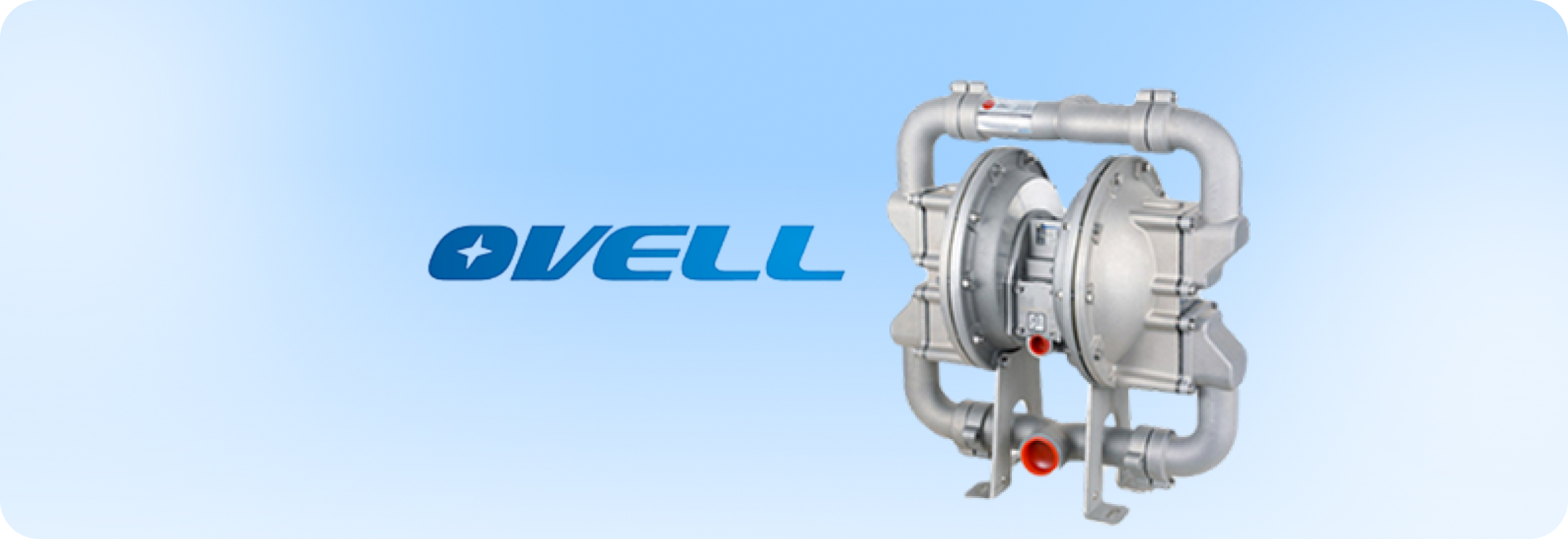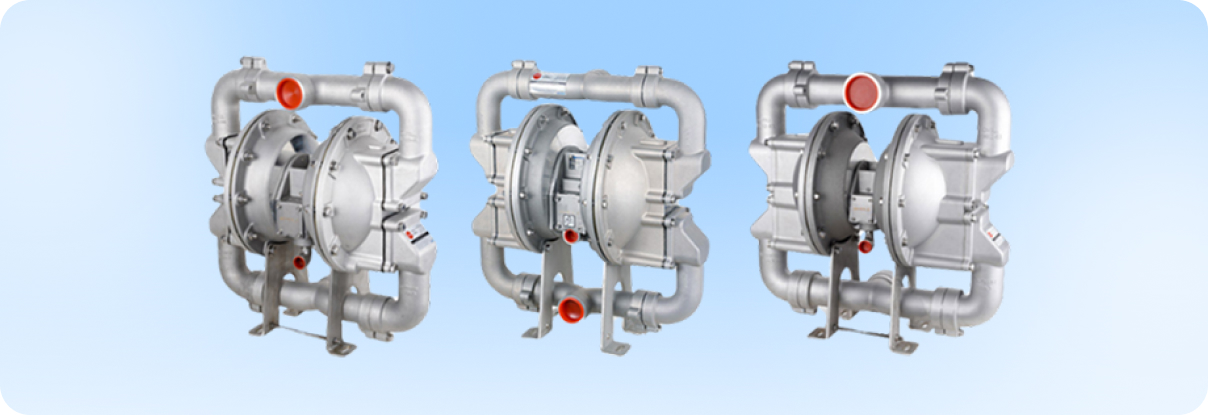
Mon - Fri: 9:00 - 19:00 / Closed on Weekends

AUS: +61 431 085 666
USA: +64 21 480 290


In industrial operations where reliability and precision define output quality, the air-operated diaphragm pump remains one of the most trusted tools for transferring liquids across complex systems. These pumps are valued for their versatility, safety, and chemical resistance, but the true measure of their performance often lies in a smaller, less visible component: the valve.
Valves play a vital role in controlling how fluids move through the system. They determine direction, regulate flow, and prevent unwanted backflow that could compromise efficiency or contaminate the process. In industrial diaphragm pump systems, the design and performance of valves are central to ensuring smooth, uninterrupted operation.
When properly engineered, valves help chemical transfer pumps maintain stable flow rates, efficient air usage, and consistent sealing. In short, they ensure that every cycle of the diaphragm pump operates as intended, reliably, safely, and without waste.
Every AODD pump (Air-Operated Double Diaphragm Pump) functions through alternating suction and discharge strokes. During each stroke, the valve determines whether fluid moves forward or remains sealed within the chamber. This process is repeated thousands of times per hour in many industrial systems.
A well-designed valve ensures that this process occurs smoothly. If the valve fails to seat correctly, the result can be inconsistent flow, reduced pressure, or even complete loss of suction. Over time, this leads to efficiency loss and increased energy consumption. For operators, understanding how valves function helps identify performance bottlenecks and ensures that the diaphragm pump system continues to deliver consistent output.

Valves are selected based on the properties of the fluid being handled, including viscosity, temperature, and chemical composition. Different valve types suit different operational demands:
Each of these valves is chosen for specific reasons, balancing the need for flow rate, material compatibility, and ease of maintenance. Selecting the right valve ensures not only performance consistency but also long-term cost efficiency.
Beyond valve design, the choice of materials directly affects pump reliability. Valves must resist corrosion, withstand high temperatures, and maintain flexibility across varying pressures. Ovell Pump’s commitment to quality engineering includes careful selection of materials for both diaphragms and valve assemblies.
By pairing the correct materials with the right design, industrial diaphragm pumps achieve longer service life, reduced maintenance frequency, and higher operational reliability.
Valves are the key to the self-priming and dry-running capabilities of the diaphragm pump system. Their synchronized movement with the diaphragm allows for smooth pressure transitions and minimal pulsation. In modern air-operated diaphragm pumps, optimized valve geometry and seat design help minimize friction losses and turbulence during operation.
When properly engineered, this results in:
Together, these features ensure that industrial fluid handling systems run efficiently, safely, and with predictable performance outcomes.
Ovell Pump incorporates precision valve engineering into every air-operated diaphragm pump it produces. Each model undergoes detailed performance testing to ensure that the valves operate reliably even in complex industrial environments.
Ovell’s engineering priorities include:
By combining thoughtful mechanical design with advanced material selection, Ovell Pump continues to strengthen its reputation as a diaphragm pump manufacturer known for performance and dependability.
Ovell Pump’s products are deployed in a wide range of industries where reliability and chemical compatibility are essential. From high-volume transfer operations to precision dosing systems, Ovell’s valve technologies have proven consistent under demanding conditions.
These real-world applications highlight how Ovell’s AODD pumps support efficient, safe, and low-maintenance operation across diverse industrial sectors.
Understanding valve dynamics is key to mastering the performance of every air-operated diaphragm pump. The right valve design, paired with compatible materials, ensures smooth flow, reliable sealing, and consistent efficiency in any industrial environment.
Ovell Pump’s engineering approach continues to refine how diaphragm pump systems operate, ensuring that clients benefit from durable, safe, and efficient fluid transfer technology built for today’s demanding production processes.